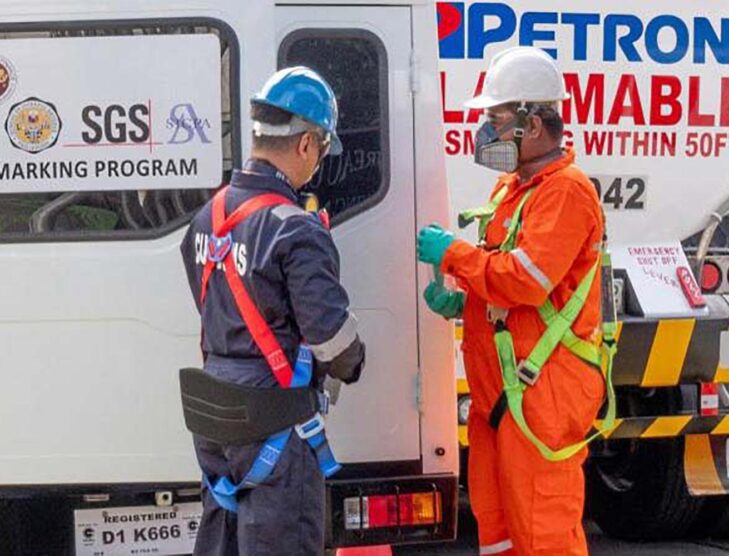
Fuel marking program covers 100% of Philippines’ total fuel inventory
The Philippine government said it has collected PHP170.27 billion (USD3.55 billion) in duties and taxes since the start of the country’s fuel-marking program in September 2019 until December 24, 2020.
By mid-December, the Department of Finance (DOF), the lead agency for the Philippine fuel marking program, said that “The government’s fuel marking program has already covered 100% of the total fuel inventory nationwide.”
From September 2019 until December 24, 2020, a total of 17.3 billion litres of fuel were injected with fuel markers.
About 61% of the total fuels marked were diesel fuel, 38% were gasoline and less than 1% kerosene, the Department of Finance said.
Of the 22 oil companies that participated in the fuel-marking program, Petron Corp., the largest oil company in the Philippines, accounted for 3.9 billion litres or 22.8%, followed by Shell with 3.4 billion liters or 19.6%, Unioil with 1.82 billion litres or 10.5%, Seaoil with 1.43 billion litres or 8.2%, and Chevron Philippines with 1.35 billion litres or 7.8%.
According to latest figures available from the Philippine Department of Energy, Petron Corporation (first), Pilipinas Shell (second), Phoenix Petroleum Philippines, Inc. (third), and Chevron Philippines (fourth), with its Caltex brand, are the country’s top fuel retailers.
Nearly 74% of fuels marked were in Luzon, where approximately 57% of the country’s population reside, 21% in Mindanao, which represents about 24% of the country’s population, and 5% in Visayas, which represents 19% of the country’s population.
Under Republic Act 10963 or the Tax Reform for Acceleration and Inclusion Act (TRAIN), petroleum products that are refined, manufactured or imported to the Philippines such as, but not limited to, unleaded premium gasoline, kerosene, and diesel fuel, have to be injected with fuel markers after payment of taxes and duties. The law aims to quash rampant oil smuggling in the country with the use of easily identifiable fuel markers.









